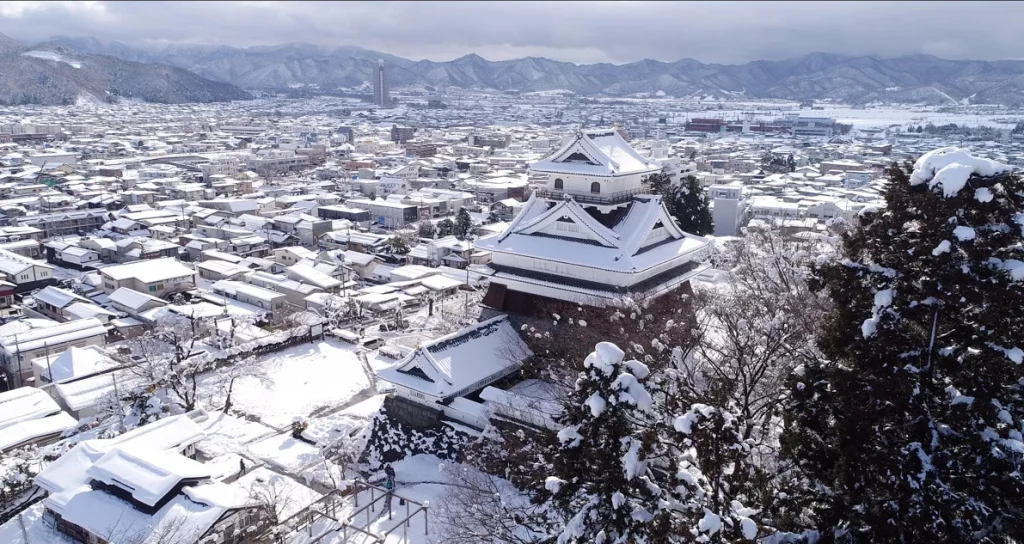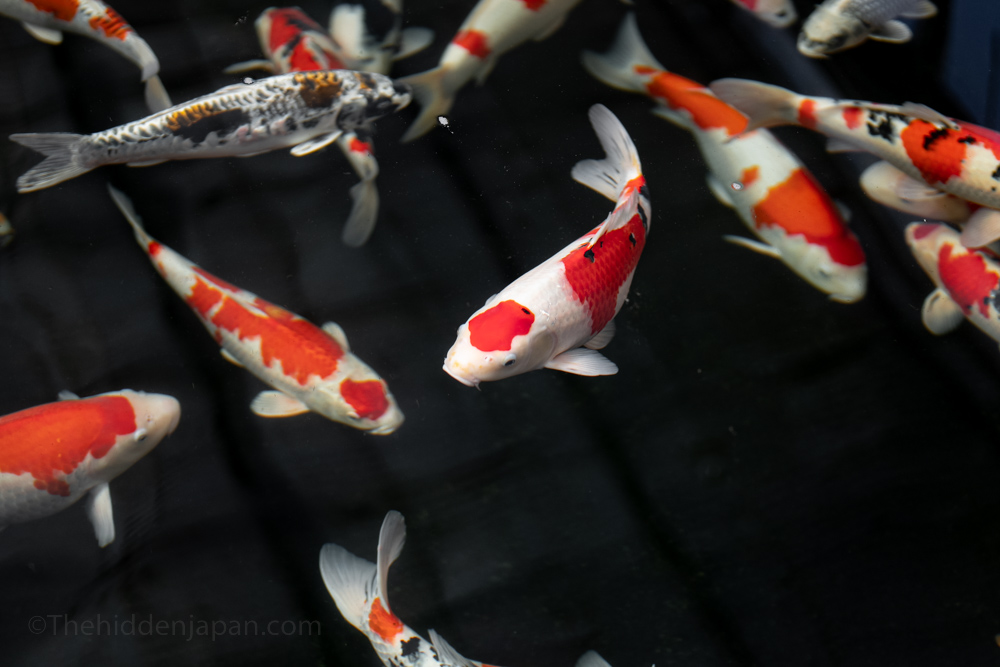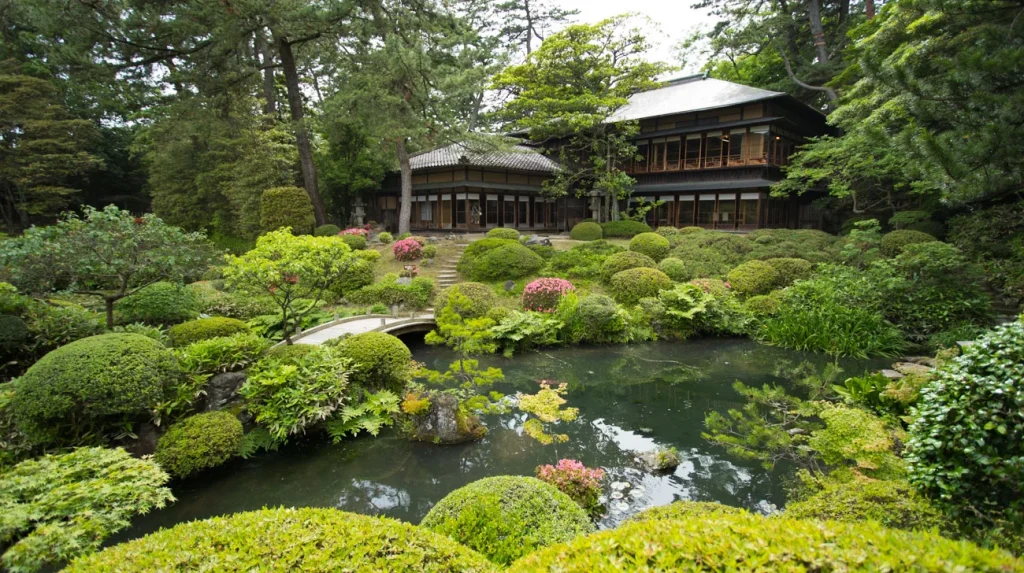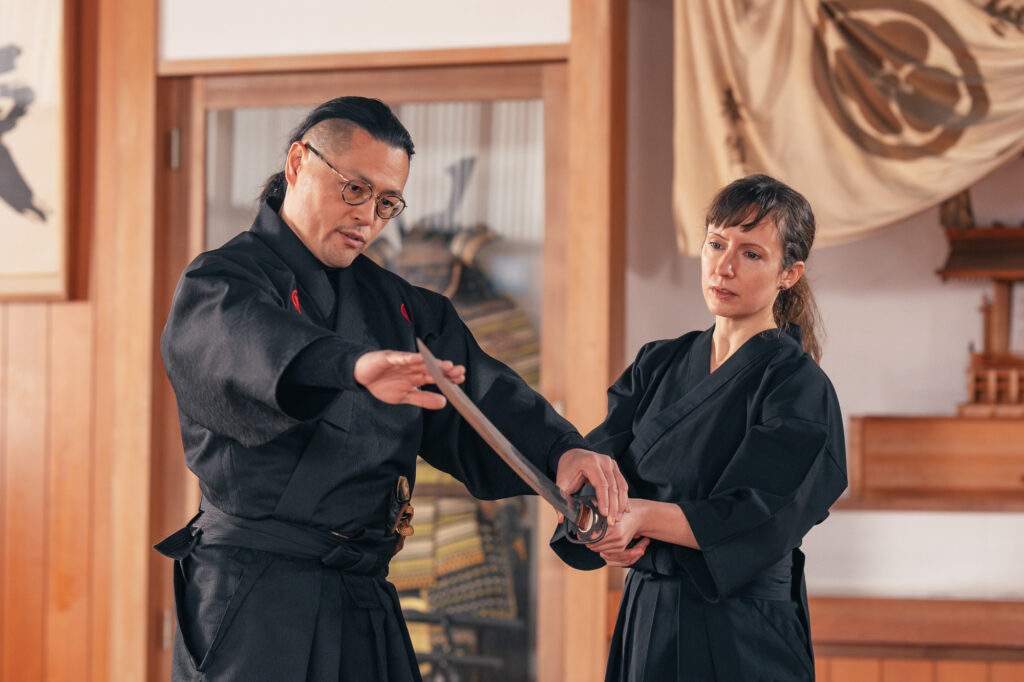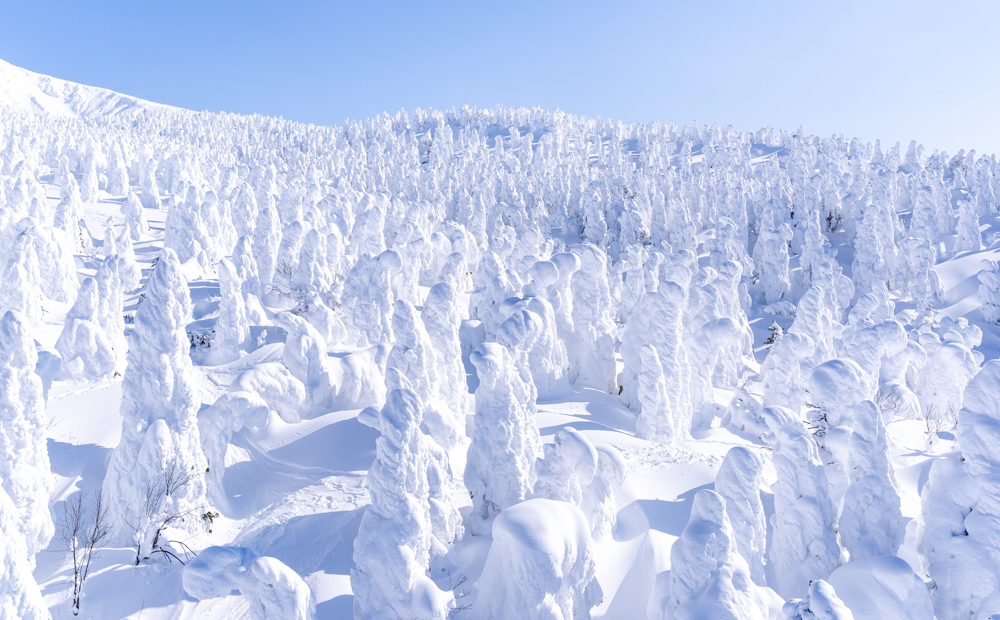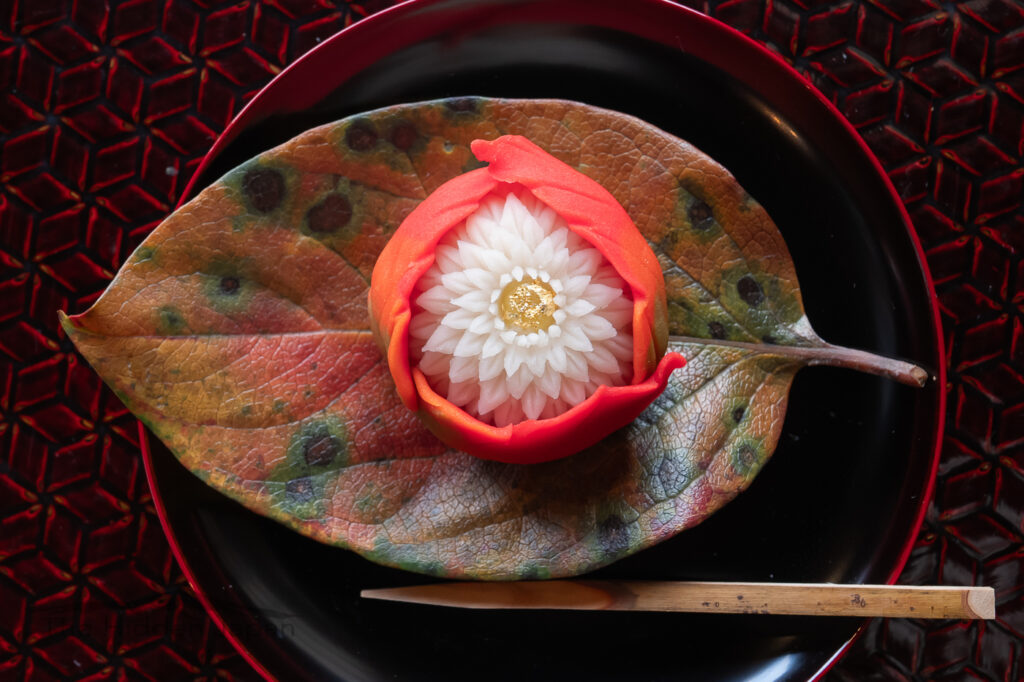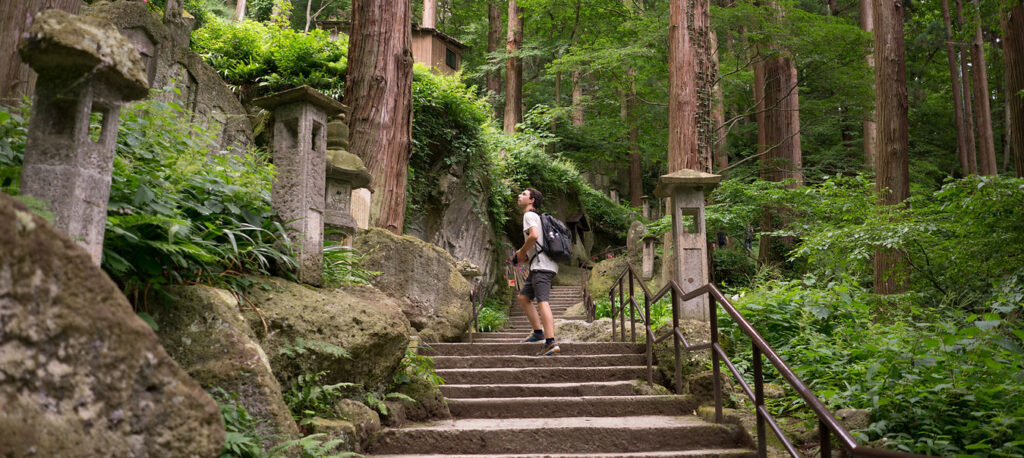
Ojiya City Koi
Ojiya City, The Birthplace of Japan's Legendary Koi Fish
Located in the mountainous southern end of Niigata Prefecture is the small city of Ojiya, the birthplace and global mecca for the iconic colorful koi fish of Japan known as Nishikigoi. Started as a hobby during the long harsh winter months that locked people into their small communities, the practice of breeding these living works of art dates back to the Meiji Era (1868-1912). From its humble origins this continued to evolve into a source of secondary income until maturing into a massive industry where a single koi fish sold by these breeders can soar well above 10,000 dollars for a single fish.
With up to 80-90% of these prized fish bound for overseas collectors, this city is a hotspot for koi buyers with many of the farms here offering special tours for guests. Read on the learn about Ojiya City’s legacy as well as the special koi farm tours that we offer in conjunction with our local partners in this region.
Quick Info
Please note that this Koi Farm tour is a private tour. This tour does not occur on a daily basis and only runs when it is manually arranged by our team with our local guides in Niigata.
Address
Ojiya City can be reached via local trains at Ojiya Station.
It can be reached by first traveling to Nagaoka Station and then riding the Joetsu Line to Ojiya Station.
The Origins of Koi in Ojiya
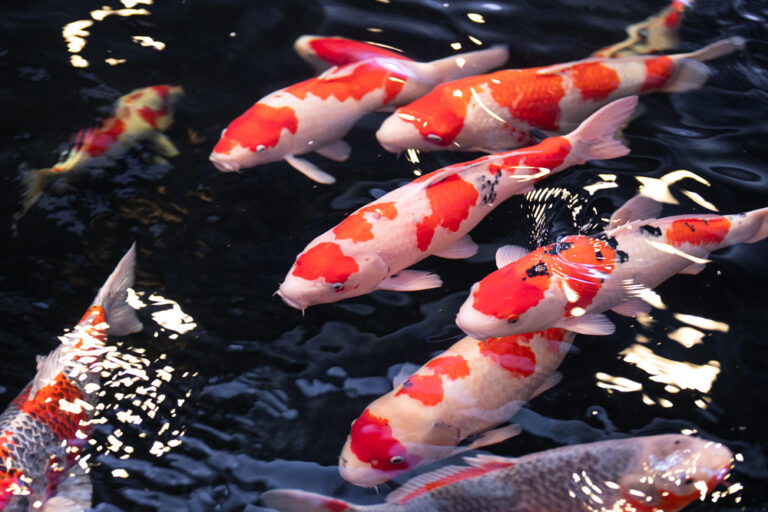
With a population of around 34,000 people, Ojiya is a small community with many of its residents nestled in small communities surrounded by high mountains with farming historically being one of the main forms of industry.
Stemming from its long winters, the farmers of this region raised koi as a source of food and later cared for these fish as pets as they waited for the spring to come. Black in color, this species of carp called the Amur Carp (common carp) would occasionally be born with mutations of white, orange, red, metallic, blue or other shades of color that intrigued these farmers.
Normally a detriment in the wild that would increase the chances of being spotted and eaten by birds or animals, these beautiful colors began to be intentionally bred to bring our new designs and patterns. Much in the same way of breeding other animals like dogs, breeders became so skilled at these processes that they began to be able to form specific types of these koi that would give birth to over 120 varieties of these prized fish.
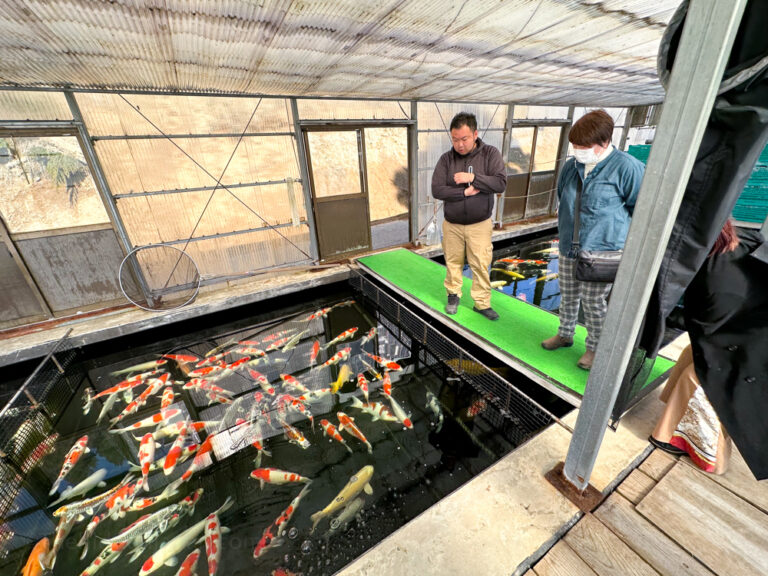
With 6 different color cells in their skin and at different depths, the potential for variation for these fish is limitless.
Bred for both size and with specific desired colors and patterns, the koi breeding industry in Ojiya City is built off of the expertise and knowledge of local koi farmers that has accumulated over many generations and have developed unique techniques for breeding and raising the fish. This industry and expertise continues to thrive to this day, Ojiya City is home to a vast number of koi breeding farms and is a popular destination for koi enthusiasts from all over the world.
This industry has put this small town on the map for many extremely wealthy travelers and buyers who often make the journey to Japan to specifically visit Ojiya and pick out their own fish. Buyers can tour the farms, meet the breeders, learn about the history and culture of koi breeding, and even about specific details of the fish they wish to buy.
But be warned, they will not tell you the price of any specific koi unless they truly sense you are serious about buying!
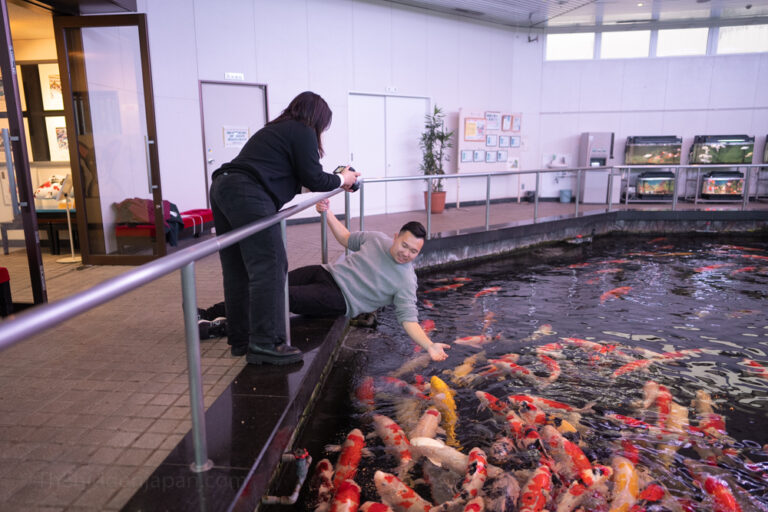
Koi Farm Tours in Ojiya and Nagaoka
In collaboration with local tour guides and the koi farmers of Ojiya City and neighboring Nagaoka City , we are happy to arrange private visits to the koi farms of Niigata to give guests an up-close look at these prized fish even if one is not looking to buy koi.
This is with a program made in collaboration with local specialist guides, who can arrange time to meet famous breeders of Niigata and see the prized fish up close and personal in their breeding pools and even out in the ponds in the mountains during the summer months. These private tours include transportation to and from the nearest major train stations, a local English-speaking specialist guide to accompany you, a stop for lunch, and visits to the koi farms (number of farms visited and locations will depend on availability on your requested dates).
Tour pricing and details can be found below.
Both tours start and end at Nagaoka Station which is accessible by bullet train.
All Koi Farm Tours are Private and Arranged only on Demand.
Koi Farm tour in Nagaoka City are from 12,500 yen per person for a group of 2 people.
Note that this price increases to 15,000 yen per person during the busy Fall season when most farmers do not accept tourists due to the need to focus on buying customers.
Koi farm tour in the mountains of Niigata from 38,000 yen per person for a group of 2 people.
This tour includes transportation and includes time to stop at a restaurant in the mountains for lunch (free order to be paid by the customers).
This tour has a more scenic view of the mountains from the farm. You can also get a view of the koi ponds from the koi farm here but note that we cannot walk to the ponds.
Take a look at a pre-made tour package that visits some of the koi farms and other highlights of this region here, or please contact us below to inquire about a koi farm tour in Ojiya.
Lorem ipsum dolor sit amet, consectetur adipiscing elit. Ut elit tellus, luctus nec ullamcorper mattis, pulvinar dapibus leo.


